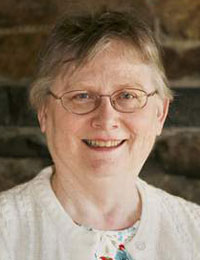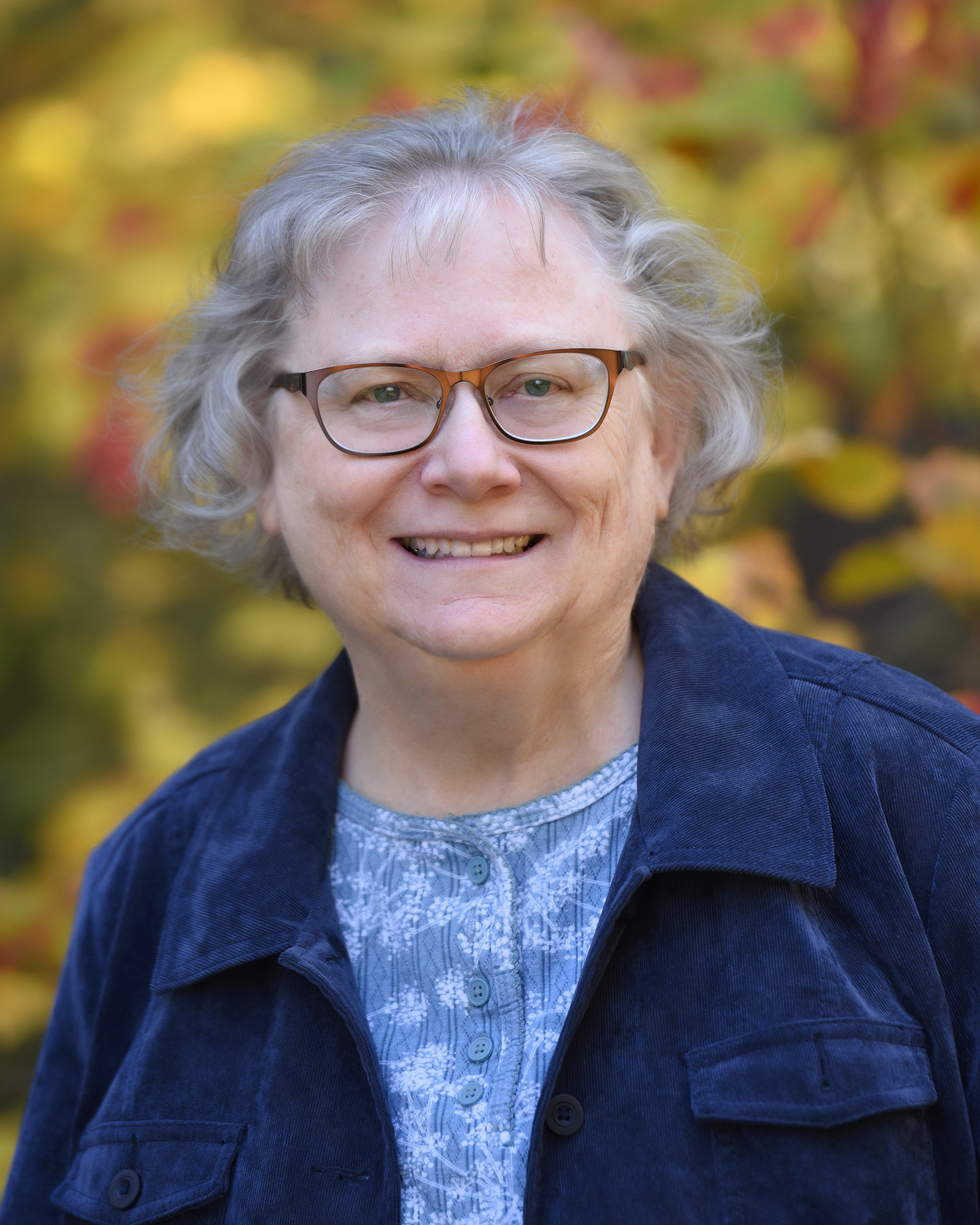[Editor's note: This blog post originally appeared in Vita Brevis on 17 March 2017.]
 As one would imagine from the title, Roger Thompson’s most popular work (see my last post) is Sex in Middlesex, Popular Mores in a Massachusetts County, 1649-1699.[1] First, a few words on the differences between academic historians and genealogists. Academic historians are concerned with the “why” of history. They gather large samples of statistical information but usually skim over individual people. Genealogists work from the individual, but usually we leave the bigger picture to the historians while we move on to another ancestor.
As one would imagine from the title, Roger Thompson’s most popular work (see my last post) is Sex in Middlesex, Popular Mores in a Massachusetts County, 1649-1699.[1] First, a few words on the differences between academic historians and genealogists. Academic historians are concerned with the “why” of history. They gather large samples of statistical information but usually skim over individual people. Genealogists work from the individual, but usually we leave the bigger picture to the historians while we move on to another ancestor.
Thompson is an historian and Sex in Middlesex was written to gather data and test theories about how seventeenth-century sex and morals were being interpreted in the historical literature of the 1980s. Not all of his fellow historians agree with his conclusions, but not all historians agree with any fellow historian’s conclusions, and you can be your own judge of that. The point here, however, is that for genealogists that’s not the point.
Sex in Middlesex pulls its facts from the Middlesex County, Massachusetts, court records. Eleven chapters discuss court cases by categories such as “Fornication: Detection and Evasion,” “Courtship and Patriarchal Authority,” “Pregnant Brides and Broken Promises,” “Unfaithful Wives,” “Unfaithful Husbands,” and “Community Control.” Statistical charts include “Geographical Incidence of Sexual Misdemeanors [1649–1699]” (the winner is Charlestown with 60, next was Cambridge with 31), and “Incidence of Conviction for Sexual Misdemeanors.”
If you don’t find any ancestors, either, there are still three reasons to read the book.
We genealogists, naturally, will first look in the index to see if any of our ancestors are included – I don’t believe any of mine are, although certainly there are plenty of relatives. If you don’t find any ancestors, either, there are still three reasons to read the book.
The first is the introduction with a detailed description of Middlesex County and its court records. Definitely a must-read for all genealogists looking for ancestors in that county, Massachusetts Bay Colony, and much of the rest of New England.
Second, there are the more than 200 pages of endnotes that contain citations to a virtual reading list of historical works (as of 1986) about this topic (not so much genealogical references; Thompson depended mostly on antiquated compendia such as James Savage’s Dictionary of the First Settlers of New England). If one were to set oneself a goal of thumbing through every one of these sources, one would have a start on a good education in historical writing about early New England – obviously, to be supplemented with more current writings (we will talk more about this in the future).
Finally, and best of all, there is the fun of reading about characters such as William Bucknam, a Malden carpenter in his fifties who is described as “One of the most notorious village Lotharios.” Bucknam was a nuisance, “snatching kisses, feeling legs, grabbing on to laps or round waists.”
Definitely not one of my ancestors!
Note
[1] (Amherst, Mass.: University of Massachusetts Press, 1986; reprint 2012).
Share this:

About Alicia Crane Williams
Alicia Crane Williams, FASG, Lead Genealogist of Early Families of New England Study Project, has compiled and edited numerous important genealogical publications including The Mayflower Descendant and the Alden Family “Silver Book” Five Generations project of the Mayflower Society. Most recently, she is the author of the 2017 edition of The Babson Genealogy, 1606-2017, Descendants of Thomas and Isabel Babson who first arrived in Salem, Massachusetts, in 1637. Alicia has served as Historian of the Massachusetts Society of Mayflower Descendants, Assistant Historian General at the General Society of Mayflower Descendants, and as Genealogist of the Alden Kindred of America. She earned a bachelor’s degree from the University of Connecticut and a master’s degree in History from Northeastern University.View all posts by Alicia Crane Williams →